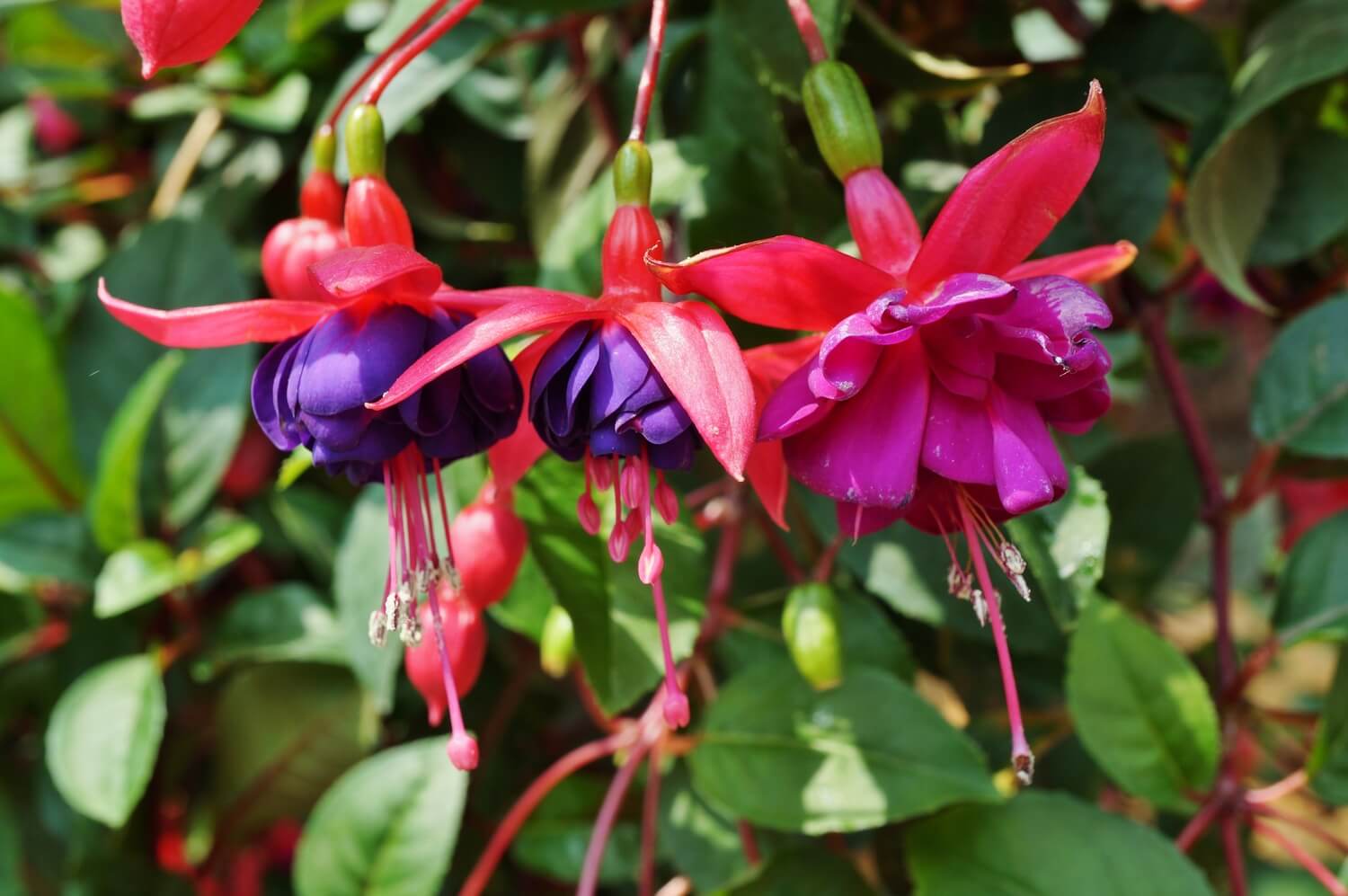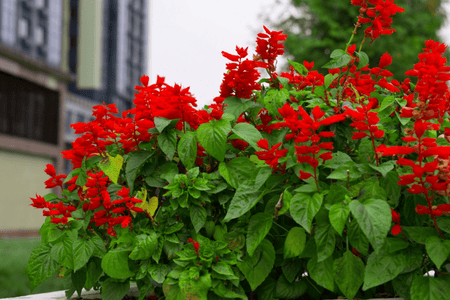Specialty Selections of Perennials
Perennials For Sale
Perennials offer long-lasting benefits. You plant them once, and they return yearly like clockwork—no reminders, no replanting, just dependable beauty that lives for years and comes back up and reblooms every Spring or Summer season.
Whether filling out a garden bed, tucking color into hard-to-reach spots, or creating a pollinator-friendly space, perennials offer unmatched staying power.
Why Choose Perennials for Your Garden?
Reblooms Every Spring and Summer Season
Unlike Annuals, Perennials Live For Decades
Hardy and Resilient Native Plants
Disease and Pest Resistant
Perennials are ideal for gardeners who want low-maintenance beauty that comes back stronger every season. Unlike annuals, which complete their life cycle in a single year, perennials build structure and charm over time. A wide range of bloom times, shapes, and colors makes it easy to design a landscape that evolves from spring through fall.
Low-Maintenance and Long-Lasting
Once established, most of these plants require minimal care. Many are drought-tolerant, deer-resistant, and resilient in various soil types, making them a perfect choice for beginners and seasoned gardeners.
Pollinator-Friendly Perennial Options
Our plant collection includes many native species that attract butterflies, bees, and hummingbirds. From Coneflowers to Milkweed, these plants beautify your space and support local ecosystems.
Shop TN Nursery’s Handpicked Perennial Collection
In this collection, you’ll find sun-loving bloomers, shade-dwelling ferns, groundcovers, and fragrant standouts. Whether you’re designing a cottage-style border or a tidy foundation bed, a perennial here will thrive in your space.
These are plants for gardeners who want lasting color, structure, and seasonal rhythm. Whether you're starting fresh or adding to an existing landscape, our collection is full of reliable favorites and discoveries that will grow with you, year after year.
These Flowering Plants Offer Great Curb Appeal
Homeowners need to have great curb appeal. Even if you live in an apartment, you can decorate your balcony or the exterior of your door with beautiful perennial plants and flowers. When choosing what is best for your home, you may want bright colors, long-lasting plants, and easy-to-care-for plants.
Perennials are one of the best plants to consider for your home. They last for multiple seasons and will return every spring as long as they are cared for. You can find many bright, colorful, and beautiful plants for your yard and plant needs. See below for some of the most colorful plants available, as TN Nursery is a leading supplier and mail-order nursery of quality plants.
Favorite Perennial Selections
Purple Coneflowers
Virginia Bluebells
Shasta Daisy
Black Eyed Susan




















